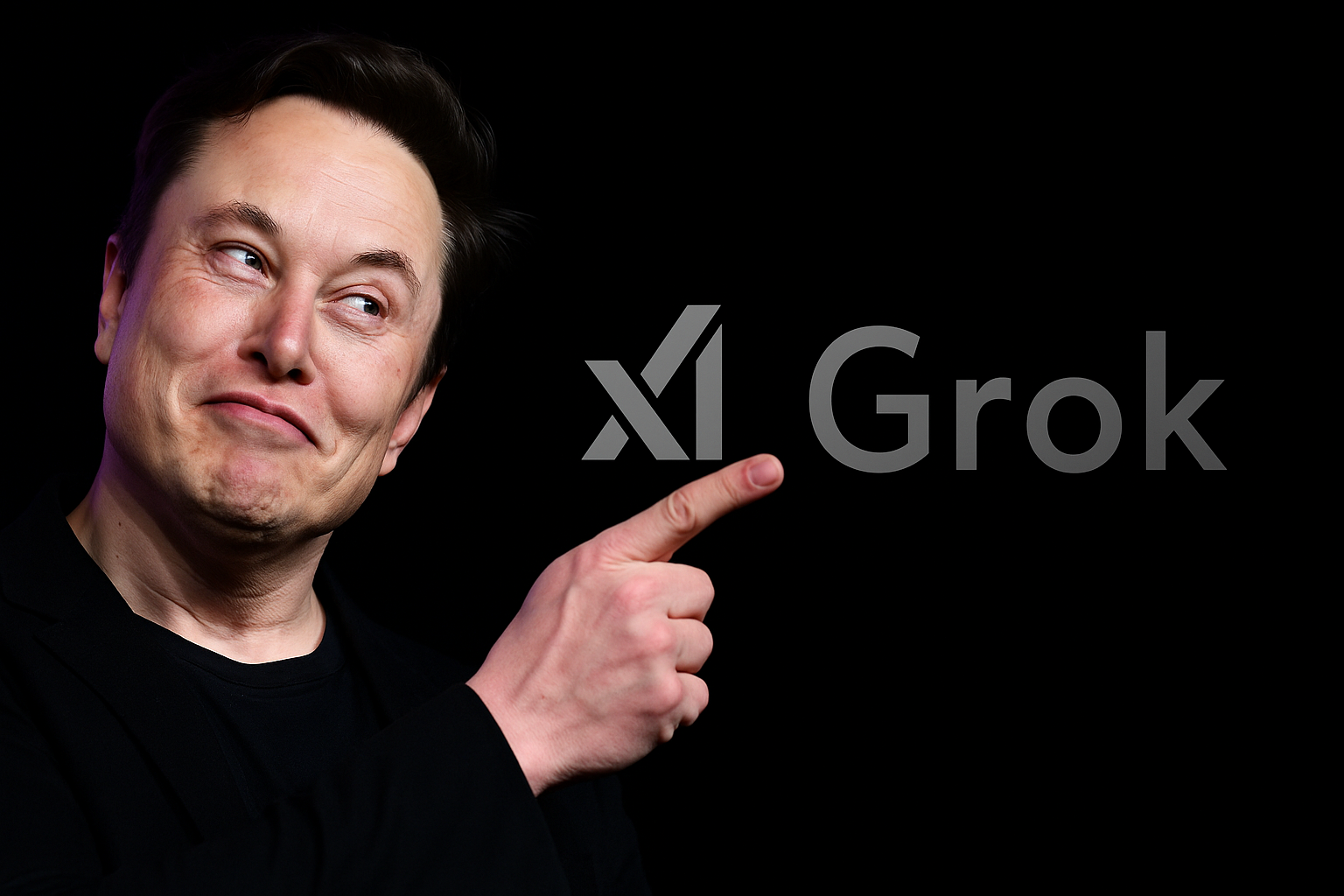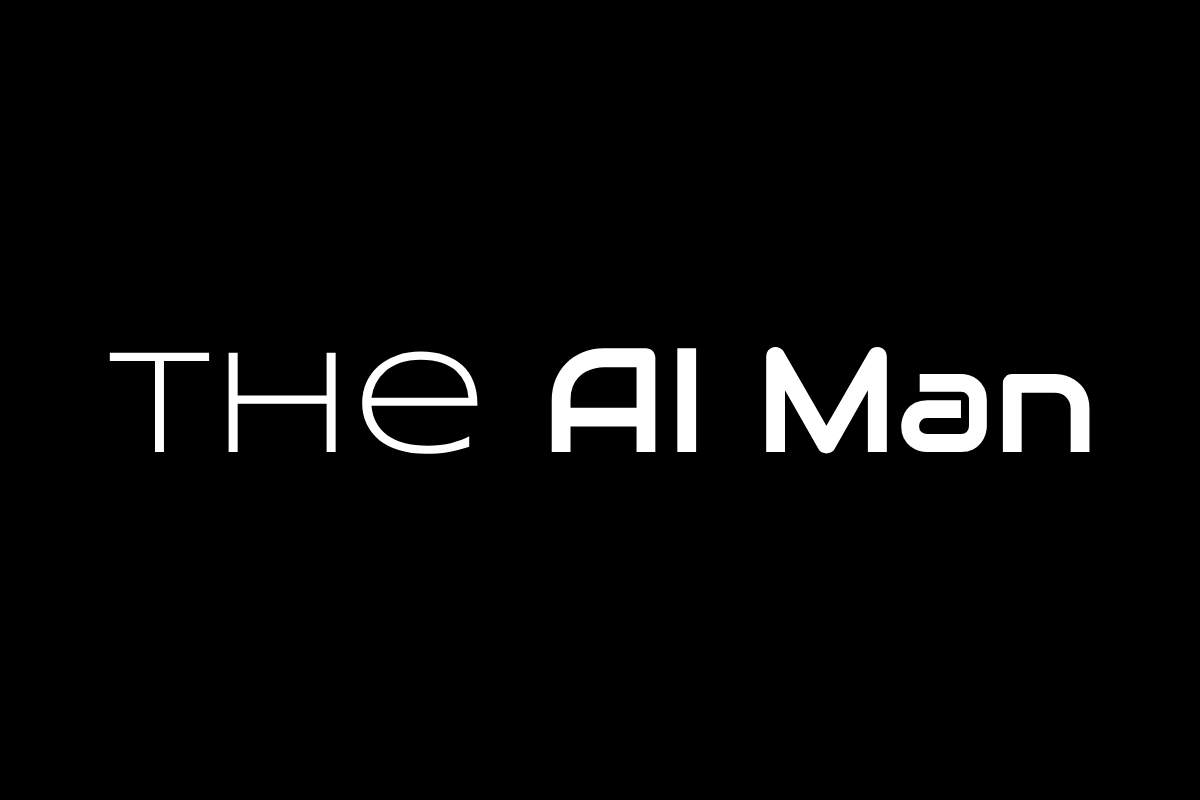Picture this: you wake up one morning and one of the world's most advanced AI models just became freely available for everyone to use and modify. That's exactly what happened when Elon Musk's xAI dropped Grok 2.5 as open-source. This isn't just another tech announcement – it's a potential game-changer that could reshape how we think about AI development and accessibility.

What Makes Grok 2.5 Special?
Let's break down what we're actually getting here:
Massive Scale: Grok 2.5 packs 268 billion parameters in a Mixture-of-Expert architecture with 8 experts
Serious Hardware Requirements: You'll need 8 GPUs with 40GB VRAM each and about 500GB of storage space
Real Performance: The model scored 56% on GPQA Diamond (graduate-level science questions) and 87.5% on MMLU (general knowledge)
Available on Hugging Face: Downloaded over 1,387 times in its first month, making it accessible to developers worldwide
Think of it like getting the blueprint to a Ferrari – impressive, but you still need a pretty serious garage to build one!

AI Model Performance Benchmarks: Grok vs Competition (2025)
The Competition Heats Up
Here's where things get really interesting. While xAI releases Grok 2.5, Chinese AI companies are absolutely dominating the open-source space:
Chinese Models Lead Rankings: Kimi K2, DeepSeek R1, and Qwen 3 now top UC Berkeley's LMArena rankings
Market Share Shift: Chinese models collectively hold 24% share on OpenRouter, with DeepSeek alone commanding significant usage
Growing Ecosystem: Alibaba's Qwen family has over 100,000 derivative models – more than Meta's Llama community
Strategic Advantage: Open-source approach helps Chinese startups "catch up" by leveraging broader developer communities
According to Future Data Stats, the global open-source AI model market was valued at $15 billion in 2024 and is projected to reach $100 billion by 2032.

Open-Source AI Model Rankings: Chinese vs Western Models in 2025
The Catch: Not Fully "Open" After All
Now, here's where we need to pump the brakes a bit. Despite the "open-source" label, Grok 2.5 comes with some important restrictions:
Community License Only: You can use and modify it, but can't train other AI models with it
No Commercial Use: It's restricted to non-commercial and research purposes only
Revocable License: Unlike true open-source licenses, xAI can revoke access
Anti-Competitive Terms: AI engineer Tim Kellogg described the license as having "anti-competitive terms"
As one tech analyst put it: "The label doesn't always tell the full story" when it comes to open-source AI. It's more like getting a really advanced demo version rather than the full commercial product.

Popular open-source artificial intelligence software including TensorFlow, PyTorch, OpenCV, and others. Source: geeksforgeeks
Looking Ahead: The Future of AI Democracy
So what does this all mean for you? Musk promises Grok 3 will follow the same path within six months, and the broader trend is clear: AI development is becoming more collaborative and accessible. Whether you're a startup looking to integrate AI capabilities or a researcher pushing boundaries, these releases are lowering the barriers to entry.
The real winner here might be innovation itself – when more people can tinker with, improve, and build upon these powerful tools, we all benefit from the collective creativity that follows.
You heard it here first! 📰

